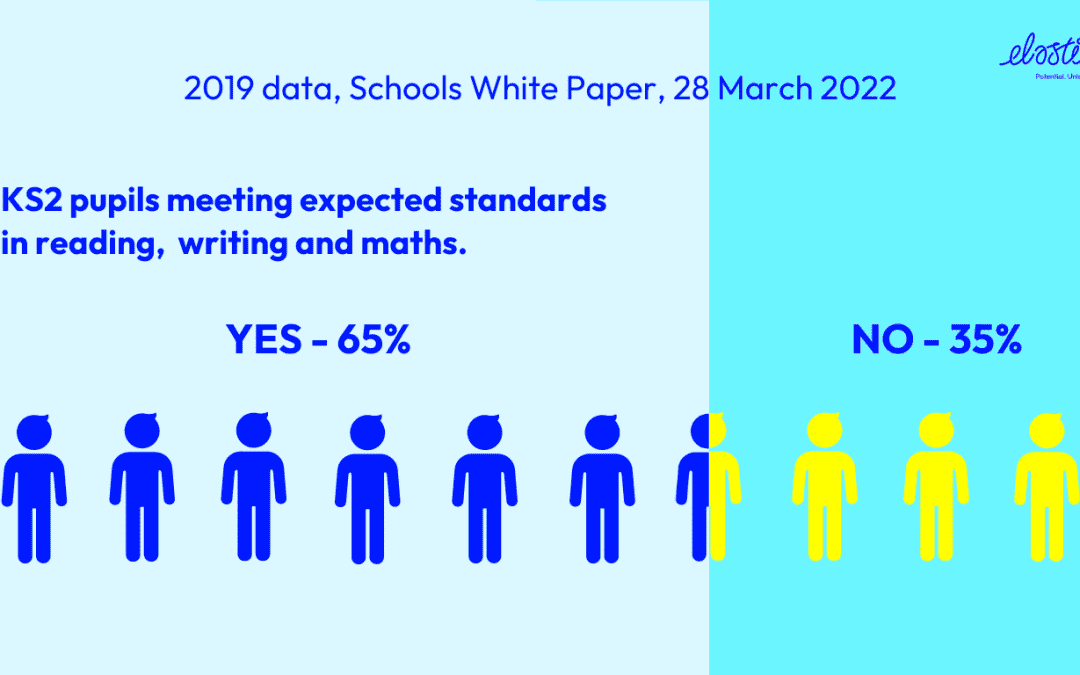The government recently published its long-awaited Schools White Paper – the first in six years and the first released since the emergence of Covid-19.
The Education Secretary, Nadhim Zahawi, positioned the paper as “levelling up in action”, with clear goals to raise standards for all:
- Higher grades at GCSE
- Better SATS scores
- All schools being in multi-academy trusts by 2030
- Mainstream schools expected to offer 32.5-hour week
- Co-creation of free, optional, adaptable, digital curriculum resources
All children were at risk of falling behind in their learning during the Covid-19 disruption. This is attributed to national and local closures through the peak of the pandemic, followed by ongoing and unpredictable staff and student absences. However it’s clear that schools that had been able to invest heavily in technology and resources, often private schools, found themselves better placed to provide continuity for their students. Unsurprisingly, Department of Education research showed that children in the most disadvantaged schools were hardest hit.
This effort to provide quality education for every student predates the pandemic, for instance, in 2016 only 68% of children were taught in schools Ofsted ranked as ‘good’, rising to 86% in 2019.
In fact some areas have markedly improved. In 2012 only 58% of Year 1 pupils met the expected standard in literacy, rising to 82% in 2019 after the introduction of the Phonics Screening Check.
However, for Key Stage 2 pupils, the improvements have been less dramatic. Despite an increase of 7% in reading and 9% in maths since 2016, only 65% of KS2 pupils reached the expected standard reading, writing and maths in 2019. This means that at the start of the pandemic, 35% of children were below the expected standard. It is hard to imagine that this figure has risen.
The White Paper proposes to help schools through the provision of resources, but will this provide the support that teachers and pupils need? Resources become useful when they match a specific learning need. For time-pressed teachers, it’s identifying the need – for their class as a whole and for each individual student – that is the critical task. And it is an area where algorithms and data analysis can lessen the load for teachers. Technology can enable teachers and pupils to focus on the right areas, use the right resources and to work smarter, not just harder.
Elastik is a great example of how this works. The platform empowers teachers to identify gaps in their students’ learning in the core subjects of English, maths and science. It can do this for individual pupils and also for larger groups or whole classes. Elastik then offers bespoke lessons for individual students or groups based on the gaps in their education.
Identifying gaps early is crucial in giving children the foundations they need to study in KS3, KS4 and beyond. A teacher facing a class who have all missed out on different elements of teaching wouldn’t necessarily have the time to identify the gaps for each student individually and then create lessons to help fill those gaps. But Elastik can do this and save teachers time to do what they do best – teach.
“Any child that falls behind in English or maths should receive time and evidence-based support to enable them to reach their potential.”
White Paper 2022, Parent Pledge.
For more information about how Elastik can help your school, get in contact here or email us at hello@elastik.wpengine.com.



Recent Comments